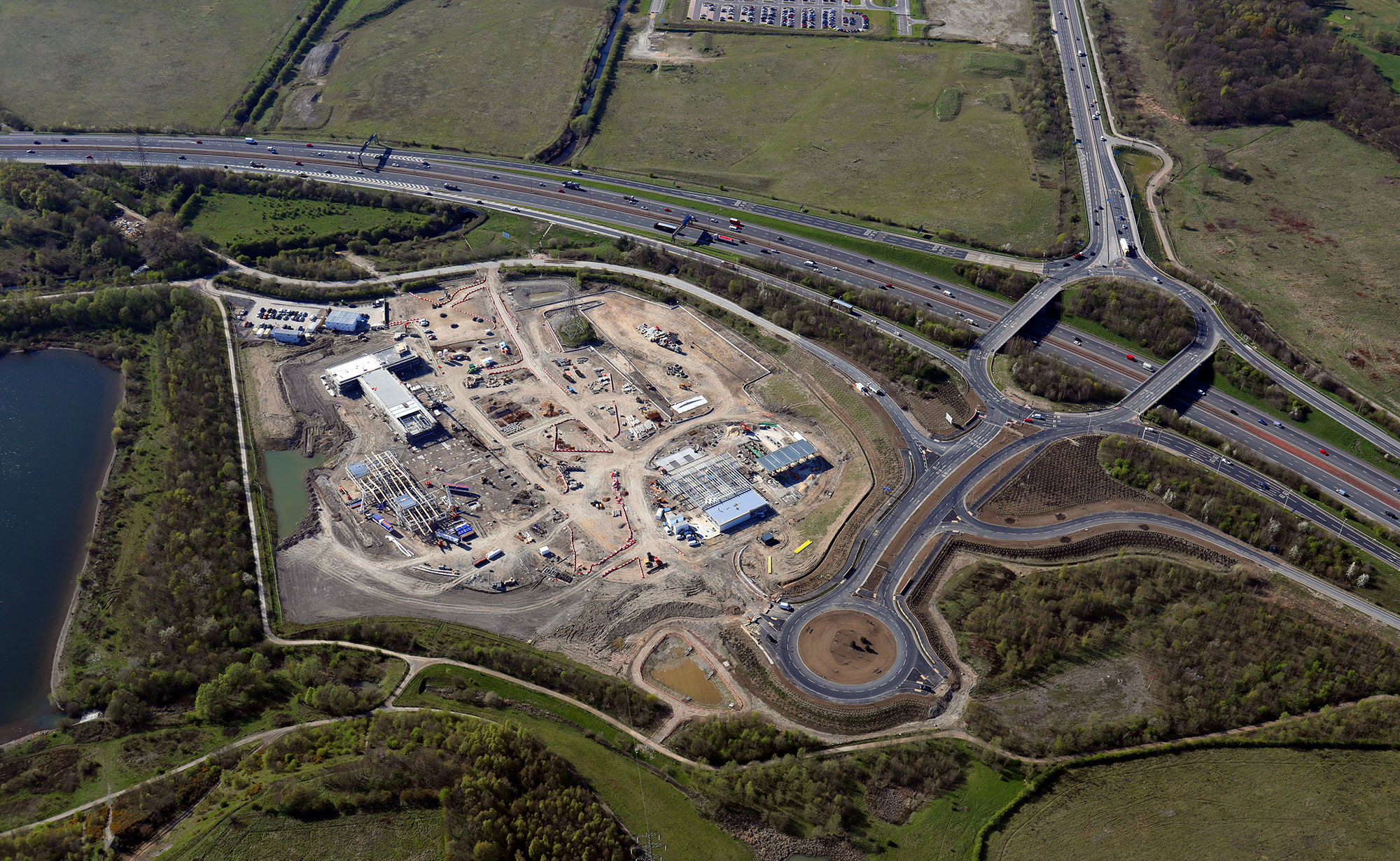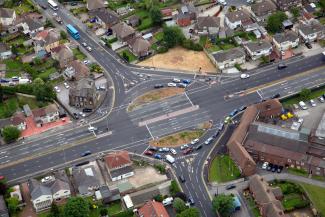
CD 534 – Keeping up with the standardsIMPORTANT REGULATION CHANGE: CD 534 has been updated to v0.2.0. While this revision refines structure and guidance, particularly around chamber positioning and the removal of units from pathway locations, its core principles on ironwork design, performance and compliance remain consistent with previous editions. Click to read the updated guidance.
Two crucial standard updates the industry may have missedCritical industry standards have recently been updated at a time where many have had their attention dominated by COVID-19. Our Technical Manager Barry Turner, former chairman of the BSi BS EN 124 Standard committee, shares an overview of both BS 7903: 2020 and CD 534, providing a simple way to get up to speed on these recent and crucial changes. In the UK, BS 7903 has just been updated to the 2020 version, which supersedes the 1997 version. It gives guidance for the selection and installation of manhole tops and gully tops conforming to BS EN 124: 2015 used in conjunction with other components and materials in highway applications. It expands on EN 124, with particular reference to UK practice, and is an important normative reference contained in many UK standards, regulations and specifications, including CD 534. BS 7903 advises its users to consider the desirability of obtaining third-party certification of conformity with BS EN 124. It goes into much more detail than EN 124 on the importance of installation materials and their compatibility and interaction with the frame. Regarding classification and place of installation, it also highlights the need to consider pre-service loads such as construction site traffic. Also to be taken into account are dynamic forces from traffic leading to seating wear and frame bearing pressure. 
In February 2020, DMRB/CD 534 was introduced as a Highways England Technical Regulation. The Design Manual for Roads and Bridges (DMRB) has recently been updated by Highways England (HE). For more than ten years, HA 104/09 (an ‘advice note’ within the DMRB) has been a key document for chamber tops and gully tops setting out procedures and denoting materials which Highway Authorities believe provide the best possible performance for installations in trunk roads and motorways. This crucial HA 104/09 advice note has now been replaced by CD 534, a new Technical Regulation posted and referenced on the European Commission Technical Regulation Information System (TRIS) website. Both documents were produced by the HE in association with Transport Scotland, the Welsh Government and Northern Ireland’s Department of Infrastructure, and contain HE’s requirements for road chamber top and gully top installations on motorway and all-purpose trunk roads. Whereas HA104/09 was ostensibly a stand-alone document, CD 534 contains ‘normative references’ (a document to which reference is made in the standard in such a way as to make it indispensable for the application of the standard) and must be read in conjunction with these as they contain some of the important requirements for chamber tops and gully tops that were previously explicit in HA104/09. Linked with CD534 is Series 500 of Volume 1 of Highways England’s Manual of Contract Documents for Highway Works (MCHW). Third Party Certification to BS EN 124 continues to be requiredA key example is that of third-party certification of products. In clause 3.5 of HA 104/09, there is a requirement that chamber tops and gully tops be certified by one of the accepted UKAS certification bodies (e.g. BSI Kitemarked) to BS EN 124. There is no such clear requirement in CD 534. However, detailed study of the regulation and its cross references reveals that under its clause 1.6 the HE requirements contained in GG 101 shall be followed. G101 is the introduction to the DMRB and states ‘the requirements and advice given in DMRB documents are provided on the basis that the works are constructed in accordance with the MCHW’. Appendix B of the MCHW concerns ‘product certification schemes’ and it is here we find the requirement for a third-party certification scheme for BS EN 124. Areas of difference between HA104/09 and CD 534There are several areas where CD 534 differs from HA104/09 and some of these are summarised in the table below.
| |||||||||||||||||||||||||||

